Wheelchairs are designed to be comfortable and easy to use, custom-built according to the individual’s unique needs.
But numerous environmental factors can cause a chair to tip over, resulting in injury to the user.
Mastering precise techniques and using awareness prevents these issues. In our article, we share important wheelchair safety tips to avoid potentially harmful situations from occurring. Let’s get started!
Overview on Safe Use of Wheelchair
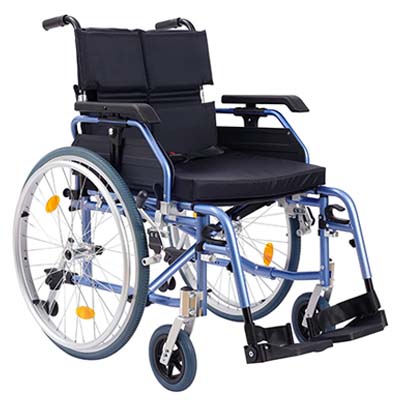
The most common accidents that wheelchair users experience is tipping and falling out of the seat.
There are numerous causes for this to happen, such as going too fast, not locking the brakes when necessary, or slipping on slick surfaces.
Fortunately, wheelchairs are equipped with safety components, such as the tipping lever. Users should also be aware of how to adjust the speed on slippery or rough terrain, which comes with practice and handling knowledge.
Here are some of the basic safety measures to always utilize when out and about.
Next, we’ll go over basic maneuvering techniques that prevent accidents.
How to Use a Wheelchair Safely
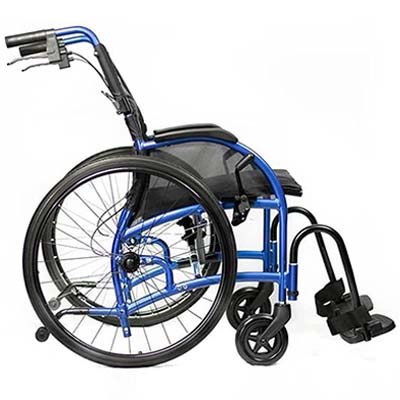
Positioning is everything, and as you get accustomed to your wheelchair, you’ll learn how to use gravity and your strength to move with dexterity. Here’s what you need to know!
1. Getting Used to the Center of Gravity
It’s easy to picture yourself sitting upright in your wheelchair, but many activities require users to bend, reach, and transfer in and out of the seat.
Moving your body affects the center of gravity, distributing weight differently in the chair. If one side has too much weight, one slight bend can cause it to tip over. That’s why finding the perfect balance is essential for the safe use of a wheelchair.
The casters are a prime source of stability that lengthen the wheelbase and should be utilized for support when leaning, reaching, or bending, whether forward or to the sides.
The way to master your positioning is to practice these movements to get a feel for the center of gravity, familiarizing yourself with how the weight distribution shifts as you move.
Try combining these movements also, such as bending forward slightly while stretching your arms out or reaching and transferring at the same time.
Of course, practice with a trusted friend spotting you until you feel comfortable enough to go about on your own.
2. Safely Bending Forward
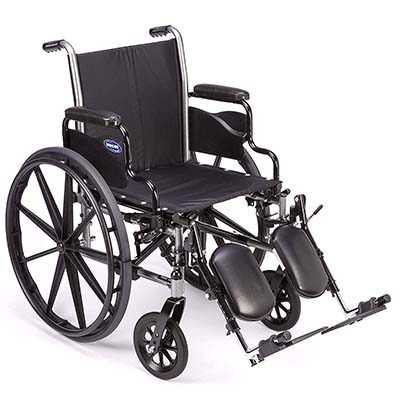
Say an object you wish to grab is on a low table in front of you. You want to bend forward to reach it, but remember that you never want to position yourself too forward so you’re on the edge of the seat. You’ll find yourself tumbling out!
Instead, rely on the casters, positioning them so that they are away from the drive wheels. Make sure the wheel locks are engaged and then bend slowly, reaching for the object.
3. Safely Bending Backward
For this movement, you’ll want to position the casters away from the drive wheels the same as if you were to bend forward, except getting as close to the object as you can before reaching the back behind you.
You don’t want to change your sitting position, and don’t even think about bending your wheelchair backward– this can cause the chair to tilt and fall.
4. Confronting a Curb
You’re rolling along on a fine summer day when all of a sudden, a curb stops you in your tracks.
Moving through a curb is tricky and should be done with the help of another person. You should also develop your safe technique adapted to your abilities to move over a curb carefully.
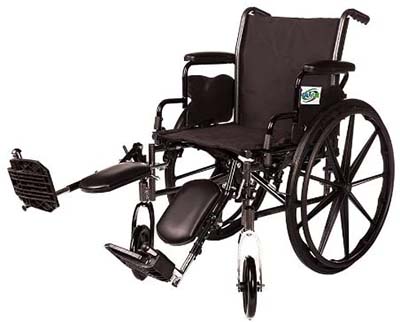
Only take on a curb as a last resort. Check for a ramp, designated elevator, or curb cut first. Most public places feature these specialized accesses for the disabled.
5. Tipping the Wheelchair
Sometimes tipping a wheelchair is necessary to tackle elevated spots, but this should be accomplished with the help of someone else.
Your helper should take hold of the wheelchair from the back, on a part that is not removable. Lean back to stabilize yourself and make sure your feet and hands are clear of the wheels and other components that can pinch body parts.
Using a Wheelchair Safely Outdoors
While some wheelchairs are designed for the outdoors, others are not recommended for outdoor use due to rugged terrain, holes, and bumps that can cause accidents.
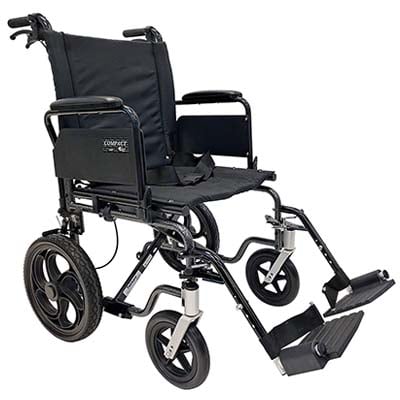
However, it wouldn’t be realistic to say that a standard wheelchair user never goes outside, so you’ll want to know what surfaces and weather to take extra care with or avoid altogether.
Sand is a wheelchair’s nemesis, and even a small scattering on a sidewalk can cause a wheelchair to spin and tip over. Keep your eyes peeled for sand and try to go around it.
As mentioned, water is also dangerous, making surfaces slippery and decreasing wheel traction. If puddles are present after rain, avoid them as much as possible.
If you get caught in the rain, move slowly and with caution, making sure not to splash, which can cause slipping and sliding.
Ramps should also be regarded with care, and always inspected for uneven areas, holes, or slippery spots before proceeding.
Traveling With a Wheelchair
If you’re utilizing the services of a travel company, alert the staff that you are a wheelchair user before making any reservations.
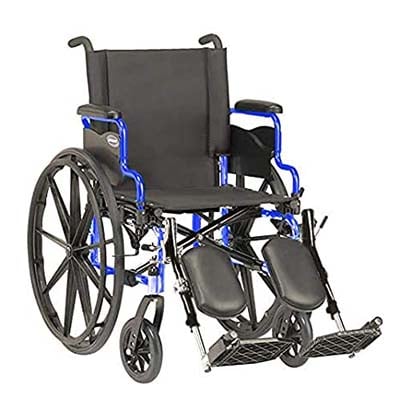
Discuss services, regulations, and rules of wheelchairs with the company, and inspect your chair thoroughly before embarking on your trip.
Take pictures of your wheelchair in its original condition with the date and time, in case of travel damages that need to be disputed in the future.
When you are ready to hand your wheelchair over to the staff, ensure that the appropriate accessories and the leg rests are removed.
If you’re flying on a plane, research the airlines beforehand, as some are more wheelchair-friendly than others. For instance, many budget airlines do not cater to wheelchairs and might even charge a handling fee.
It doesn’t hurt to add extra time to the recommended check-in time before departure for security and expect agents to inspect your chair thoroughly. You can also inform customs and security of your limitations.
Always carry a card in a safe place on your wheelchair with your contact information and service provider information for emergencies.
A Well-Maintained Wheelchair is a Safe Wheelchair
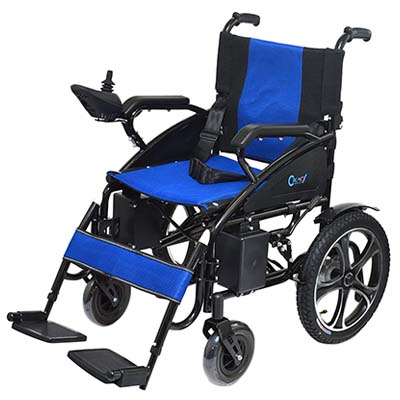
Annual wheelchair maintenance is paramount for preventing dangerous situations, ensuring that your ride is durable and dependable for years to come.
For powerchairs, a fully charged battery is important to avoid getting stranded when you’re by yourself. If you notice anything unusual with your chair, call your provider to have it serviced immediately.
Keep a checklist of the different parts that need to be serviced or replaced. This includes the following:
Safety Information for Caregivers
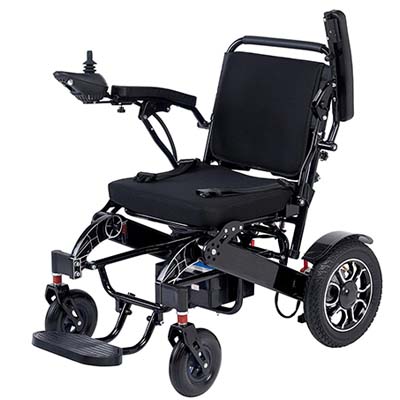
Wheelchair safety for patients is equally important, and caregivers should know how to handle a wheelchair for the user’s utmost comfort properly.
The caregiver should always be aware of the brakes, especially during transfers. If your patient isn’t able to lock/unlock the brakes themself, brake extensions are a handy adaption for the caregiver to use.
Also, remind your patient to use the cushioning and back support to their advantage, as these components assist with posture and pressure redistribution. Make sure the cushion is placed properly with the pommel facing to the front.
Consult with the patient’s therapist and provider when necessary to discuss extra supports, such as head supports, trays, or positioning belts.
If your patient uses incontinence pads, make sure that they do not cause sliding. Or you can look into an incontinence seat cover.
Communication is key. Always encourage your patient to shift positions after some time and ask for assistance when reaching for objects.
Safe Wheelchair Transfers
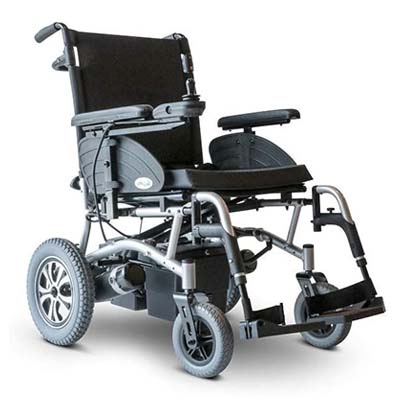
When transferring a patient in or out of a wheelchair, as always- check the brakes first. Apply the brakes to prevent the wheelchair from moving unexpectedly and causing an injury.
The leg rests should be removed or folded to the side. Otherwise, it becomes a tripping hazard.
Inspect all pathways for objects, rugs, and cables. Move furniture to create an easily accessible path, with the entrance to the building cleared for easy maneuverability.
Before pushing the wheelchair through the doorway, check the measurements to ensure it fits through without bumping or snagging.
Final Thoughts on Wheelchair Safety
Wheelchairs are designed to make life easier for people with disabilities, and that starts with safety.
Many situations can cause a wheelchair to tip over or for the user to fall out. From environmental factors to uneven weight distribution, one wrong move can lead to injury.
Learning how to balance the center of gravity and moving with caution is key for wheelchair safety. Always check your surroundings for obstacles, avoid perilous weather conditions, and be prepared with the right equipment and assistance.
Resources & References:
- Wheelchair Skills Training, physiopedia.com
- Moving From a Wheelchair to Bed, uhn.ca
- How to Push a Person in a Wheelchair, lmrpcc.org
- What to do About Falls From a Wheelchair in a Nursing Home, verywellhealth.com